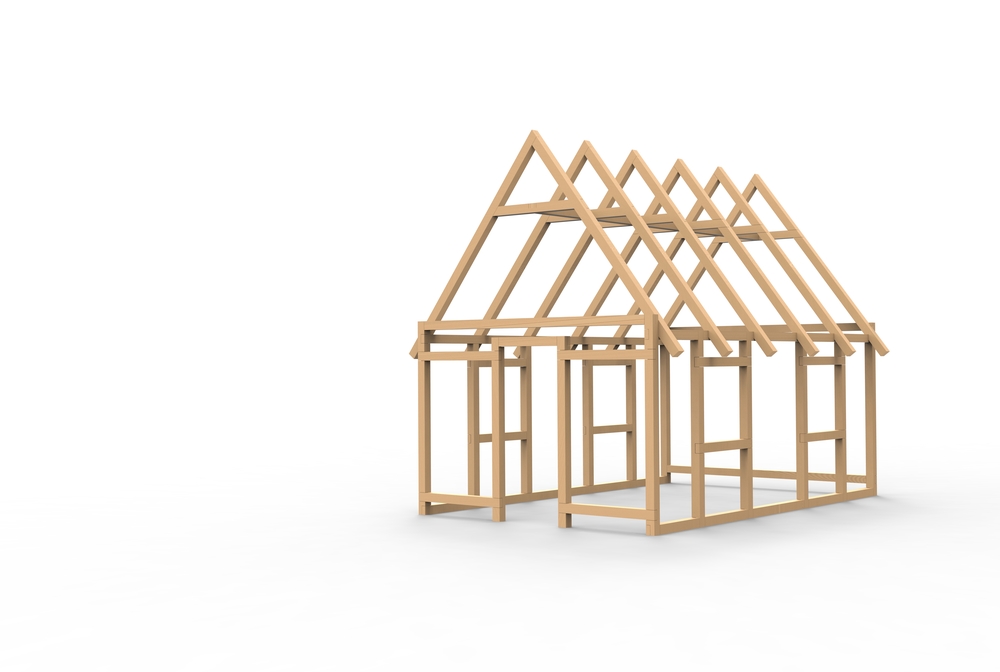 Congratulations! You’re thinking about building a house! Building the house of your dreams is a very exciting time, but it can also be extremely stressful. There are so many details to get your head around and about 1,000 ways you can get yourself into financial trouble (or end up with a home you don’t want). We’ve helped countless clients finance the home of their dreams and whilst you’re probably some way off reviewing building contracts, here’s a few things we suggest you keep in mind when the time comes.
Congratulations! You’re thinking about building a house! Building the house of your dreams is a very exciting time, but it can also be extremely stressful. There are so many details to get your head around and about 1,000 ways you can get yourself into financial trouble (or end up with a home you don’t want). We’ve helped countless clients finance the home of their dreams and whilst you’re probably some way off reviewing building contracts, here’s a few things we suggest you keep in mind when the time comes.
1. Not all construction contracts are the same
Your build contract needs to be “fixed price” if you want a lender to approve your construction loan. A fixed price contract means the construction price is fixed and clearly outlines exactly what the costs are upfront. The alternative type of construction contract type is called a “cost plus contract.” This is where the builder passes on the cost of the building work plus adds a profit margin. With these types of contracts, it’s not completely clear what the end price will be – hence a lender’s apprehension to lend against it.
2. What is the “Building period?”
The “Building period” is a period of time specified in your contract that estimates how long it will take for the builder to build your house. Things that can affect the building period include:
- Slope of the land
- Unforeseen ground conditions (like large quantities of rock)
- Site access (how easy is it to access the site?)
- Easements and trees involved (do you need to get trees removed before work can commence on site?)
- Public holidays, Christmas period (the building industry often shuts down over this period, so this is something to keep in mind when planning your timeline)
The “Date for Practical Completion” is the date your house is scheduled to be completed and it shouldn’t be blank.
3. What is the “Initial period?”
The initial period refers to the time you have to complete a few tasks before the builder can commence building. These tasks generally include providing proof to the builder that a) you own the land and b) a lender has approved finance for your build.
4. What does “Liquidated Damages” refer to?
This is the penalty that applies for each day the builder goes over the building time specified. This is often left blank, meaning that if the builder takes longer to build your home, there’s no contractual obligation for the builder to pay you any damages. Regardless of the practicality of these damages being imposed (and paid by the builder), it’s a good idea to ensure this section is filled in.
5. Builder’s Margin
Variations made throughout the build can be expensive, because in accordance with most building contracts, the builder adds an agreed margin to the cost of your requested variation. Knowing that a margin will be applied to any requested variations, it’s best to avoid them if you can. The more planning you do upfront before building commences, the more you can save from a cost (and often stress perspective). We know this is easier said than done because sometimes it’s only when you see the house emerge that you realise there’s an issue with what you’ve signed off on. Sometimes there can be admin fees added to the build and/or variations. It’s important you understand all the costs involved in making a change, before you submit a variation request.
6. Progress payment schedule
The construction of your home will progress through a series of stages and the builder will receive payment from the lender upon completion of each stage. There’s generally is a standard set of stages (Deposit, Slab Completed, Frame Stage, Roof Stage, Internal Fixing, Painting, Completion) that your construction will progress through. Since this is the schedule the lender will use to release loan funds to the builder, it’s important this is correct. It’s not until the house is fully completed that the builder will have received all the proceeds for the construction. This is also when you start paying full repayments on your fully drawn construction loan. For more information on how construction loans work, you can read more here.
7. Excluded items
There will be things noted in your Building Contract as “Excluded Items.” It is important you know what these items are and the cost (or quality) implications of such items being excluded. Will you be paying extra fees for rock or dirt removal? Are there things you have decided to cover yourself, which you need to budget for – i.e. a different heating/ cooling system or additional joinery work?
8. Prime Cost Vs Provisional Sum Item
Prime Cost means an item (fixture or fitting) that has either not been selected or cannot be costed at the time the contract is entered into, and for which the builder has made an allowance in the contract price. Provisional Sum item – means an item of work (labour and materials) which cannot be costed exactly at the time that the contract is entered into and which the builder has made allowance for in the contract price.
9. Inclusions
Don’t sign off on anything before you have a detailed list of inclusions – and you have done your research on them. By this we mean investigating the quality/ value of each item, so you know exactly what you’re getting. With baseline house packages, often the list of inclusions has items that may or may not need changing to reflect the level of quality you want in your new house. This is by no means an exhaustive list, but as a starting point here are some items we suggest you check:
- Window and door schedule – what type of infill is used around the doors and windows (is it brick infill, or fibre cement sheet)? What type of garage doors are included? There can be significant difference in the cost between garage doors, even though they look the same (to the uneducated eye) from the street. Regardless of what options you go for, it’s important you know what you’re paying for. Knowing what you’re paying for gives you the opportunity to change things if you want to.
- Insulation – what is the rating? Is the insulation sufficient for your house size? Also check whether there’s insulation between the garage and house. Often this is not included and can have an impact on the energy efficiency/ comfort levels of certain parts of your house.
- Heating/ cooling systems/ water tanks – check to ensure these are sufficient for your house size, as the base models included can be inadequate.
- Appliances – research the model of every appliance so you have an idea of the quality you’re getting.
We’ve only briefly touched on some of the specific terms you’ll find in a building contract here.
For a comprehensive guide on ways to Avoid Making Costly Mistakes when Building your Dream Home, download a copy of our e-guide here.
_____________________________________________________________________________________________________________________________-

